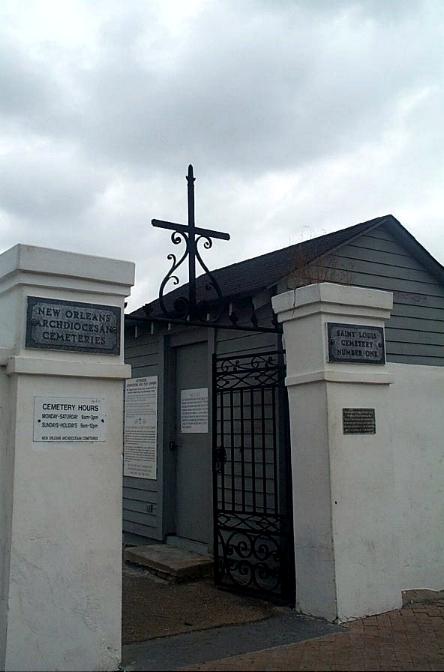ROUSSEAU-LAWRENCE
LAWRENCE ROUSSEAU

CDRE

A VERY SIGNIFICANT NAVAL CAREER
Lawrence Rousseau was born on July 15, 1790, in New Orleans. His father was a Lieutenant Colonel in the Spanish colonial naval forces and young Rousseau began life as a Spanish subject. The family became French in 1803 under the terms of Spain’s treaty with Napoleon and became Americans in 1804 under the terms of the Louisiana Purchase in 1804.
Historical records indicate Lawrence Rousseau was warranted as a Midshipman in the U.S. Navy on January 16, 1809. On July 24, 1813, he was commissioned as a Lieutenant and served during the War of 1812 aboard the sloop of war USS ERIE and then the brig USS JEFFERSON on Lake Ontario. Between 1815 and 1823 he saw little active sea service and in 1819 married Josephine Nesida Cruzat-Ramos, the daughter of a distinguished Creole family. During 1823 until 1848, Rousseau served actively at sea and on April 24, 1828, was promoted to the rank of Master Commandant (later designated as Commander). His subsequent commands included the schooner USS DOLPHIN and sloops of war USS ERIE, USS FALMOUTH and USS SAINT LOUIS. He was promoted to the rank of Captain on January 9, 1837. During 1845-1847 he held the courtesy title of Commodore while in command of the U.S. Navy’s Brazil Squadron.
After 52-years of service in the U.S. Navy, Commodore Rousseau was the highest ranking U.S. Navy officer to resign and offer his services to the new Confederate States Navy (CSN). His resignation was effective February 11, 1861, and his commission as Captain in the CSN became effective on March 26, 1861. His new assignment made him the highest ranking officer of the CSN, a distinction he held until 1862. During this period Captain Rousseau, with few resources, did his best to help fit out commerce raiders while attempting to organize the naval defense of New Orleans. For a time he was assigned to duty in Richmond as Chief of the Bureau of Orders and Detail (the Confederate equivalent of Chief of the Bureau of Naval Personnel) where he supervised research and development, and took part in the defense of Mobile during 1863-1865.
During the late stages of the Civil War, Commodore Rousseau was once again the senior ranking officer of the CSN following the surrender of the more senior CSN officers. Commander Rousseau found himself among the last organized remnant of the CSN who surrendered at Nanna Hubba Bluff, Alabama, on May 4, 1865. The 75-year old Commodore was paroled there on May 10, 1865.
Commodore Rousseau held the distinction of being the longest service officer of the old “antebellum” U.S. Navy to transfer his allegiance to the Confederacy. His 56-years as a naval officer included many years at sea and numerous years of shore duty, often in command billets or key positions of responsibility. He has been somewhat ignored by latter day historians although his contributions were significant. His interesting naval career spanned a period which included three of America’s important wars, the War of 1812, the Mexican War and the Civil War. He was responsible for the early promotion of lighthouses along the Gulf of Mexico and for the establishment of important naval yards in the South. He combined diplomatic skill with naval tactical support in difficult times along the eastern coast of South America, and in the twilight of his career he commanded the Confederate naval station at New Orleans and helped supply the first vessels for the young Confederacy. He died in New Orleans on September 4, 1866, survived only by his wife as they had no children. He is interred in the de Lino tomb of Saint Louis Cemetery Number 1 in New Orleans.
Submitted by CDR Roy A. Mosteller, USNR (Ret)

